One of the great traditions of the RA’s Summer Exhibition has always been that each work submitted was seen in person by the Hanging Committee, passed in front of their keen or bemused gaze by a succession of porters. Of course this method had its drawbacks: judges could miss something in a state of postprandial somnolence induced by the consumption of too much (heavily fortified) beef tea, but at least the paintings, drawings and prints had a chance of being chosen through that all-important direct communication of eye and art. (Sculpture, because of its scale and mass, has always presented its own logistical problems.) This year, for the first time, artists submitted their works digitally for the initial round of judging. Has this made any appreciable difference? Not really. There’s the same mix of inspired and dull work, with perhaps more fashionable nonsense than before (current orthodoxies infiltrating via the digital system?), but there’s no great change to be noted. Thank goodness — one of the Summer Exhibition’s great strengths is its range and catholicity.
Part of the entertainment of the annual visit (perhaps the only time in a twelvemonth some people attend Burlington House, rather like Ascot or Wimbledon or the Chelsea Flower Show) is seeing the good, the bad and the ugly banged up together on the Academy’s hallowed walls. That joy is a very individual pleasure and depends entirely on personal taste, giving the exhibition a different flavour for every visitor. As usual, the show (this year sponsored by Insight Investment) begins in the courtyard, with a powerful bronze sculpture by the late Ralph Brown, entitled ‘Meat Porters’, one of his earlier and more inventive figure groups, before he descended into the soft porn of more recent years. Moving indoors and upstairs, the visitor enters the main galleries through the Central Hall, where can be seen a selection of work from the 15 newly elected Academicians. I liked the triangular girdering of Conrad Shawcross, but the best thing is the architectural model of Joanna Lumley’s proposed Garden Bridge, designed by the effervescent Thomas Heatherwick. Above hangs a pair of moody figurative images by Emma Stibbon. Unlike most of the newer RAs, she’s an artist of real power, and definitely one to watch.
Proceeding into Gallery III, the main space, the eye is at first overwhelmed by the feast of colour and form, but gradually individual works emerge. Here are memorials to three recently dead Academicians: John Bellany, Maurice Cockrill and the great Alan Davie. There’s also a single painting commemorating Roy Oxlade, entitled ‘Arms Up’, in which figuration is superbly balanced by abstract paint-handling. There’s a beautiful aquatic Barbara Rae, in turquoise, ultramarine, orange and pink, a strongly gestural Basil Beattie and three lovely life-enhancing Gillian Ayres paintings. Note the interlocking flower fingers of ‘Tirra Lirra’, a particularly fine and cogent composition. There’s also an oil by John Walker (born 1939), who has rather disappeared off the English map, living as he does in America. Although it’s very good to see him back, his imagery here is a bit too geometric for my taste.
Galleries II and I are devoted to prints, some of which you need field glasses to see, such as ‘Thorn’ by Joel Wyllie, skied and impossible to read properly from ground level. This dense hang is another RA tradition, though it had somewhat abated in recent years. But with 1,262 exhibits you have to pile ’em high to get ’em in. Some exhibitors suffer more than others, and the viewing public gets a pain in the neck. The range of work is still reassuringly wide, from Flora McLachlan’s charming etching of a rural ride complete with arching trees, deer and honeysuckle, to a big vivid abstract woodcut by Gillian Ayres. In ‘Split Performance’, Allen Jones pushes lithography quite a bit further than most people, while Phillip King’s monotypes have a brushy vigour and Anne Desmet’s vignettes intrigue the mind. In Gallery I, Stephen Chambers contributes a beautifully patterned screenprint called ‘The Manners of the Americans’, there are wriggly clusters of lines from Tim Harrisson, and Glen Baxter injects a welcome shaft of anarchic cowboy wit with his ‘Clandestine Meetings of the Jane Austen Society Were Held Every Other Thursday’.
In the Large Weston Room I saw an expression of pain on a visitor’s face that summed up one extreme of reaction to the show. Nevertheless, I enjoyed the strong charcoal drawings of lovers by Eileen Cooper, and a couple of the more painterly images: ‘Black Phosphor’ by Dean Melbourne, with its cascade of greenery, and foxes investigating a still-life with Union Jack by Rachel Levitas. Also the bright geometries of Vanessa Jackson and Alexis Harding’s puckered skins of paint — more elegant than ever. The Small Weston Room maintains its traditional hang of small paintings floor to ceiling, among which I would single out Vanessa Gardiner’s lucid headland, Clyde Hopkins’s eclectic patterning, Ken Howard’s double self-portrait, old and young, Danny Markey’s vista of sodium-lit urban disquiet, Robert Dukes’s liquorice allsorts, ‘Stalks and Stems’ by Ffiona Lewis and Jeffery Camp’s lyrical honeysuckle flowers rearing over a lovely bosom.
Back to Gallery IV where the rotting livid walls of Jock McFadyen’s ‘Sirthe’ hold the attention, against the beguiling progression of marks and colours by Andreea Albani, the large abstract Sheila Girling collage in appropriate propinquity to the welded brass ‘Elephant Palace’ by her late husband Anthony Caro, and the group of bright Frank Bowling acrylics, of which ‘Fire Below’ is the best. Gus Cummins offers us the vigorous lunacy of objects and we move into Gallery V. There’s too much good work to mention everything, but I particularly liked Michael Sandle’s ink drawings, John Carter’s constructions, Bryan Kneale’s exquisite watercolour, and the series of 40 pencil drawings, wonderfully varied and alive, by Ken Draper. Passing over the architecture room, enjoy the lively juxtaposition of traditional figurative work and abstraction in Gallery VII. Ivor Abrahams explores a new variation on his richly rewarding Kiosk theme, while Terry Setch, Philippa Stjernsward, Len McComb and Mick Rooney all contribute poignantly to the surprising harmony of the room, while over all a large red oil of Apollo by Rose Hilton presides.
In Gallery VIII, the three lambent gouaches by Nigel Hall stand out, as does the wall of oil on riveted aluminium sculptures by Neil Jefferies in Gallery IX. The Lecture Room is so often the graveyard of the Summer Exhibition that it is no surprise to find it so once again, frozen into glacial or sloganising black and white, which not even one of Humphrey Ocean’s elegant homages to the transistor radio can redeem. The best thing about Gallery X is the fabulous James Turrell light piece, calming and hypnotic, the perfect antidote to the hurly-burly of another exhausting Royal Academy Summer Exhibition.
Got something to add? Join the discussion and comment below.
Get 10 issues for just $10
Subscribe to The Spectator Australia today for the next 10 magazine issues, plus full online access, for just $10.
You might disagree with half of it, but you’ll enjoy reading all of it. Try your first month for free, then just $2 a week for the remainder of your first year.

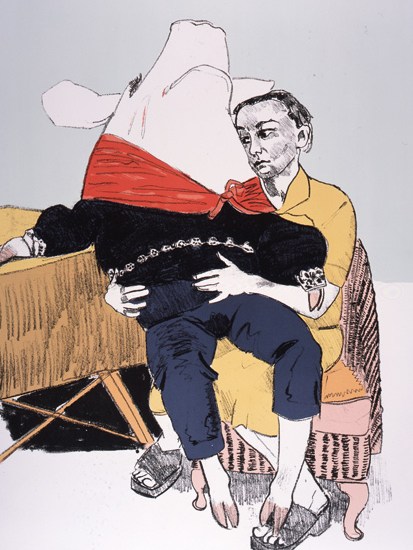
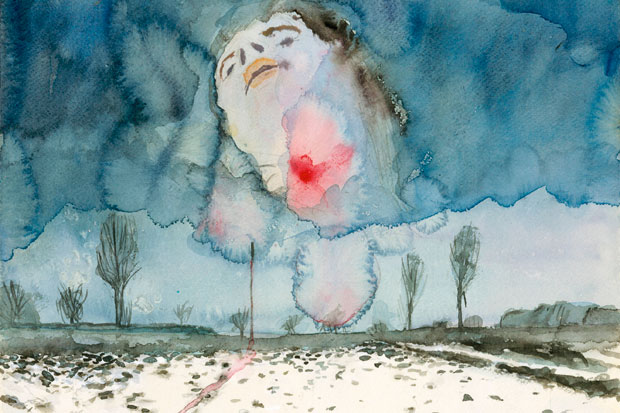

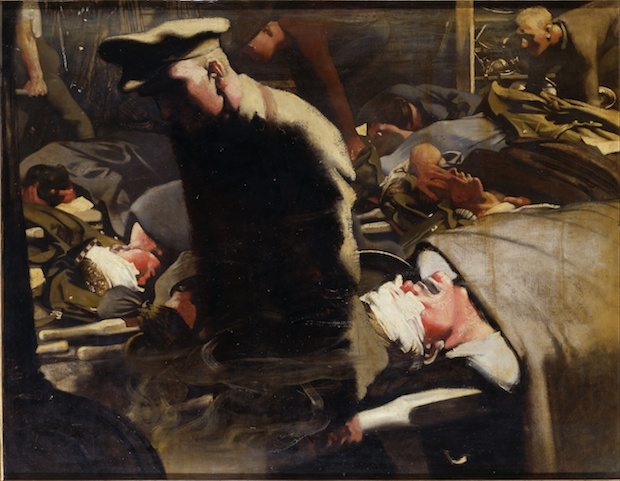
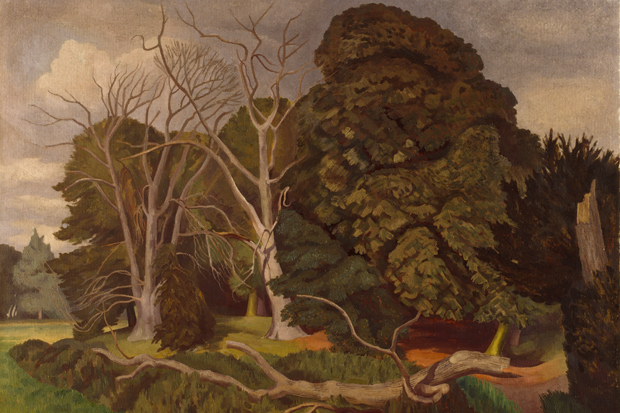
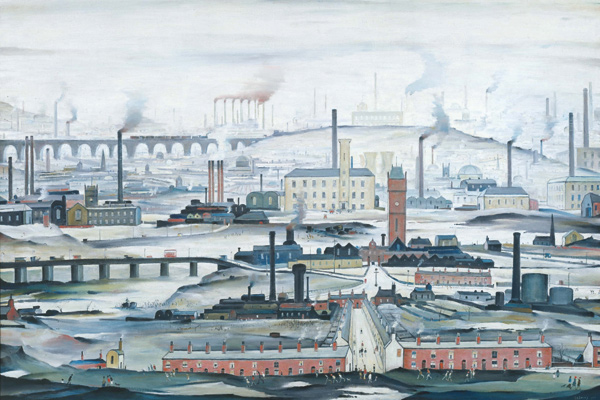







Comments
Don't miss out
Join the conversation with other Spectator Australia readers. Subscribe to leave a comment.
SUBSCRIBEAlready a subscriber? Log in